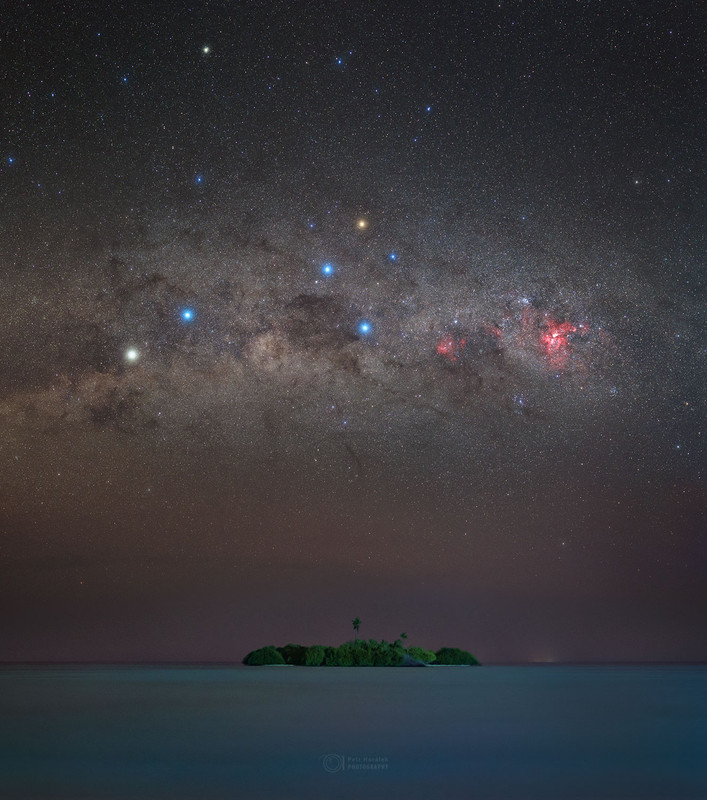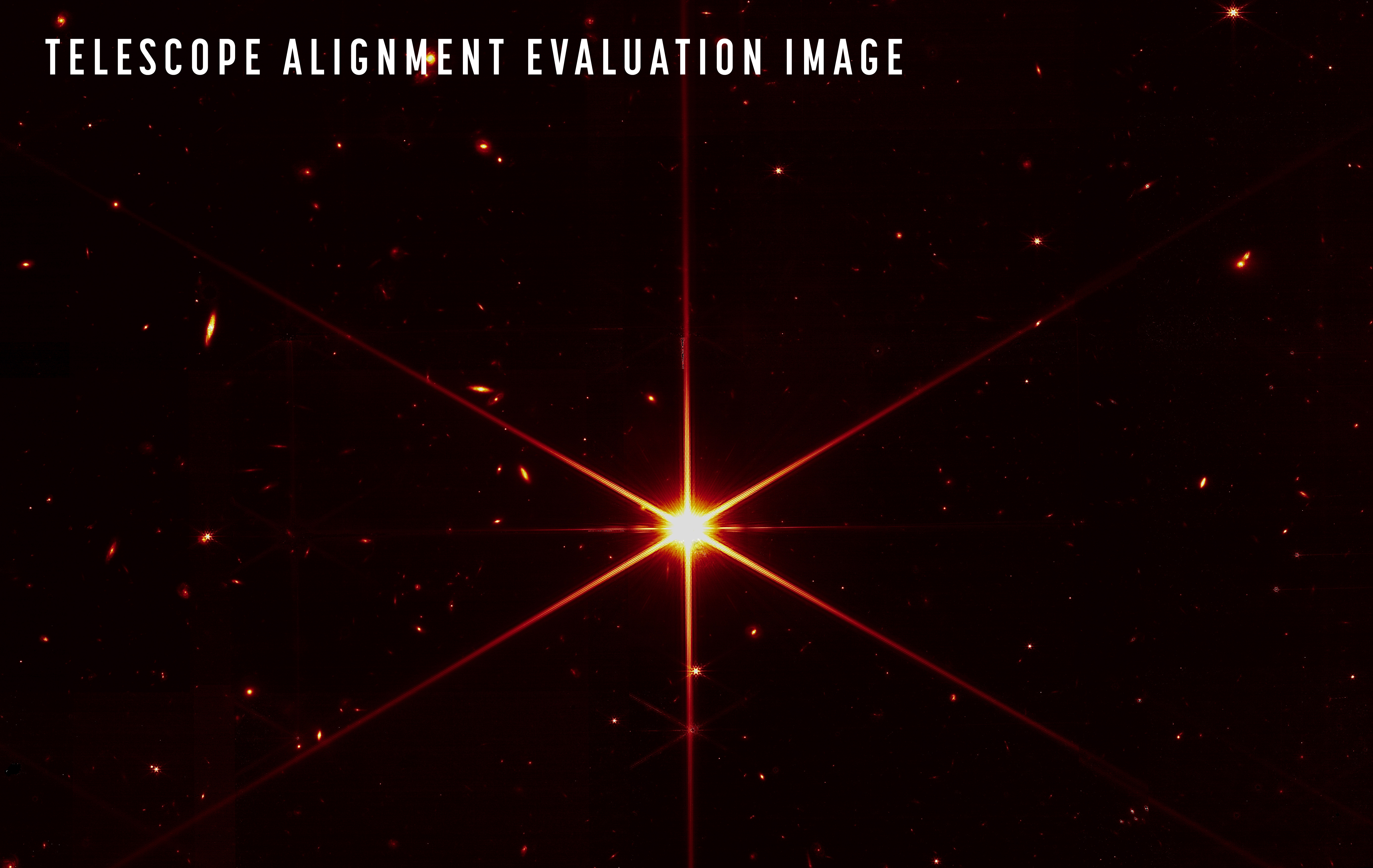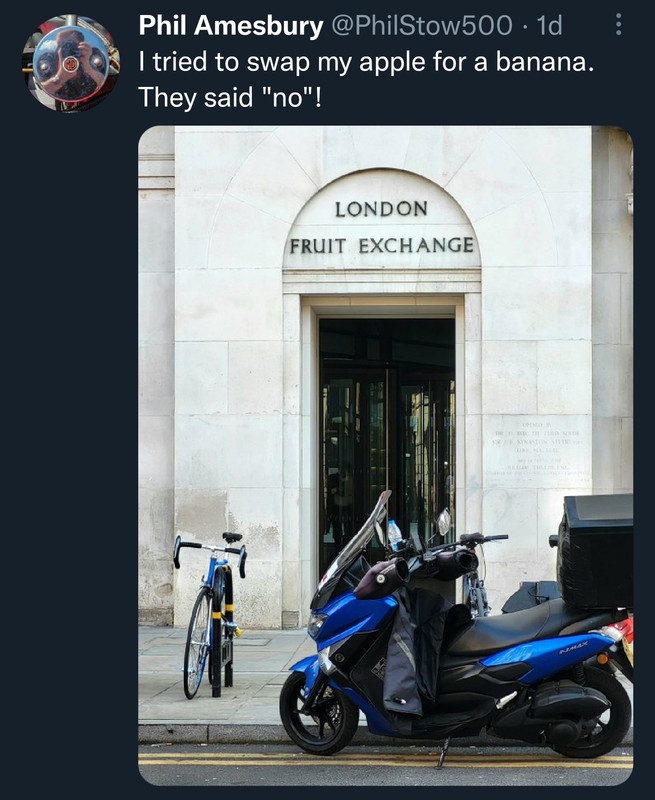-
SCAM WARNING! See how this scam works in Classifieds.
-
The Frolic by Limelight Giveaway has started!
You are using an out of date browser. It may not display this or other websites correctly.
You should upgrade or use an alternative browser.
You should upgrade or use an alternative browser.
The Picture Thread
- Thread starter vtac
- Start date
stark1
Lonesome Planet
Have you seen a moonbow?
Rainbows are rare enough. Moonbows are mystical.
Conditions have to be just right:
A full moon for maximum moonlight, a watery background with spherical droplets after a rain, and a moon low in the opposite horizon to refract and reflect the light high in the sky
A moonbow!

In cases where the watery mist is low, the opposing moon has to be sky high for the moonbow to show

Rainbows are rare enough. Moonbows are mystical.
Conditions have to be just right:
A full moon for maximum moonlight, a watery background with spherical droplets after a rain, and a moon low in the opposite horizon to refract and reflect the light high in the sky
A moonbow!

In cases where the watery mist is low, the opposing moon has to be sky high for the moonbow to show

Abysmal Vapor
Supersniffer 2000 - robot fart detection device
stark1
Lonesome Planet
CrazyDiamond
HAL is a StarChild
stark1
Lonesome Planet
The solar eruption a few days ago should arrive today, Wednesday;
3rd CME to glance past Earth within past week. Fortunately, it is only a G1.
As the Sun ramps up in its 11 year cycle, the polar skies should paint
Some spectacular eye openers. ^
 ^
^
Anyone out there? Hello

Anyone seen @Vitolo?
3rd CME to glance past Earth within past week. Fortunately, it is only a G1.
As the Sun ramps up in its 11 year cycle, the polar skies should paint
Some spectacular eye openers. ^

Anyone out there? Hello

Anyone seen @Vitolo?
Last edited:
ChooChooCharlie
Well-Known Member
Trippy Thai Temple Travelogue:










Abysmal Vapor
Supersniffer 2000 - robot fart detection device
stark1
Lonesome Planet
Last edited:
CrazyDiamond
HAL is a StarChild
The southernmost part of the Milky Way contains not only the stars of the Southern Cross, but the closest star system to our Sun -- Alpha Centauri. The Southern Cross itself is topped by the bright, yellowish star Gamma Crucis. A line from Gamma Crucis through the blue star at the bottom of the cross, Acrux, points toward the south celestial pole, located just above the small island in the featured picture -- taken in early March. That island is Madivaru of the Maldives in the Indian Ocean. Against faint Milky Way starlight, the dark Coal Sack Nebula lies just left of the cross, while farther left along the Milky Way are the bright stars Alpha Centauri (left) and Beta Centauri (Hadar). Alpha Centauri A, a Sun-like star anchoring a three-star system with exoplanets, is a mere 4.3 light-years distant. Seen from Alpha Centauri, our own Sun would be a bright yellowish star in the otherwise recognizable constellation Cassiopeia.





























